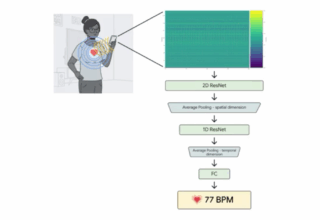
conprinter ink costs more than booze and even human blood, it’s no surprise everyone’s on the hunt for a cheaper alternative. And that includes researchers at the Missouri University of Science and Technology who’ve created an inkless printer that works by perforating special paper with thousands of microscopic holes.
There’s a catch, though. You could use the groundbreaking device to print out photos from your recent birthday bash, but to share them with your friends they’d need to peer into an electron microscope because this printer only works on the microscopic level. See that full-color version of the Missouri S&T athletic logo? It measures roughly one-billionth of a meter in size.
Which leads to another catch, sadly. This printer doesn’t work on regular old copy paper. Instead, it uses a thin sandwiched material-just 170 nanometers thick-made up of two layers of silver separated by a layer of silica in-between.
Images are produced by drilling microscopic holes into the material’s top layer of silver and then shining a light through them. By varying the location, density, and size of all those tiny holes, different colors are produced as light shines through and is absorbed and reflected in different ways.
The researchers were able to refine the sizes of the holes to the point where they could reproduce gold, green, orange, magenta, cyan, and navy blue colors. Not quite enough to produce a Kodak-comparable image, but an impressive start to what the technology could be capable of.
Thankfully for HP, Canon, and Epson, making cheap printers isn’t the primary goal of this research, although it’s certainly a possibility. For the time being it has more interesting applications like advanced security markings that are invisible to the naked eye and very difficult to reproduce without expensive equipment. It also has the potential to realize new kinds of information storage, complementing research done with holography as a light-based alternative to magnetic hard drives
[“source-gizmodo.in”]















